In order to be able to fully enjoy swimming pools during the bathing season, maintenance is essential before, during and after use. Bacteria and microorganisms that are harmful to health can multiply in pool water, so you should not put off cleaning your pool until the last minute.
In this article we will explain how to clean the swimming pool in your garden or on your patio, the steps to take into account, filtration, the most convenient products and accessories on the market, as well as tips for maintenance and cleaning of pools year round.
BEFORE: How do I set up the swimming pool after winter?
You should set up the pool, before the hot months arrive. There is no single standard process, each pool has its own unique aspects and you need to take pool and installation type into consideration.
Next, we give you a series of steps to follow to clean the pool and enjoy a crystal-clear water on sunny days.
1. Check the pool filtration system
It is important to check the filtration system and thoroughly clean each element of the filtering system.
Pump
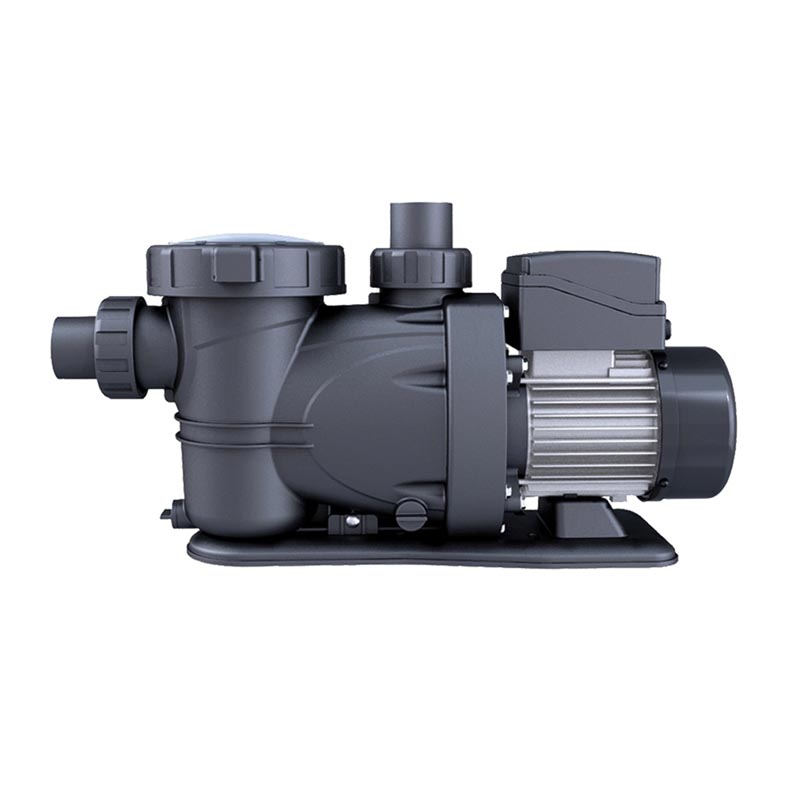 It is a fundamental element of the pool’s filtration system. It filters the water from the pool through the skimmer and returns it back to the pool basin once it has been filtered. We recommend you perform the following checks:
It is a fundamental element of the pool’s filtration system. It filters the water from the pool through the skimmer and returns it back to the pool basin once it has been filtered. We recommend you perform the following checks:
- If the pump has been stopped during the cold months, it is recommended that the pump be dismantled and cleaned.
- Check the condition of the electric cable and replace it with another one if it is damaged.
- Check the different components of the pump, it is advisable to replace any worn parts.
- To avoid clogging, clean the filter.
Filtration System
The pool filtration system is another indispensable element to remove impurities and waste from water. The pump circulates the water and the filtration system returns the water to the pool purified.
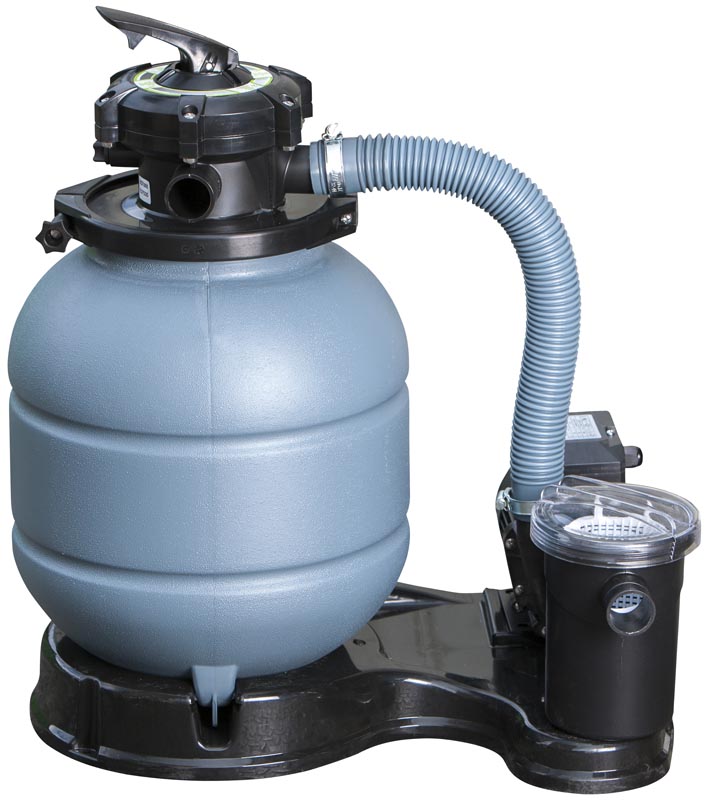
There are different filtering systems, depending on the volume of water in the pool, the filtering needs and the water saving efficiency. Depending on the type of filtering system you have, we recommend the following checks:
- Sand filter: open the filter and check its status. If you use sand as a filter medium, and it is clogged up and has lost its ability to filter, it needs to be cleaned with the right chemicals or replaced if it is several years old. The life of the sand in a pool filter is 3-4 years. The sand may be in good condition in which case it may only be necessary to add more sand to the filter.
- Cartridge filter: check the condition of the cartridges, the filter element in this case. If the cartridges are dirty, they need to be thoroughly cleaned or replaced if they are damaged.
- Aqualoon scrubber: remove and clean the bigger pieces of dirt. Aqualoon balls can be washed in a washing machine at 30°C. When they’re dry, they can be used again. The filter balls can be used as many times as required, until the balls are no longer clean on washing.
 If the pool is empty or has a bit of water that is green, it needs to be emptied. The water can be used to water the garden, as it is green it indicates that it does not contain chemicals.
If the pool is empty or has a bit of water that is green, it needs to be emptied. The water can be used to water the garden, as it is green it indicates that it does not contain chemicals.
Once the pool is completely empty, it is time to deep clean the pool walls, floor and skimmer. After the deep clean, fill the pool with water, with a volume according to its size and dimensions, and start a routine of proper maintenance of the pool water.
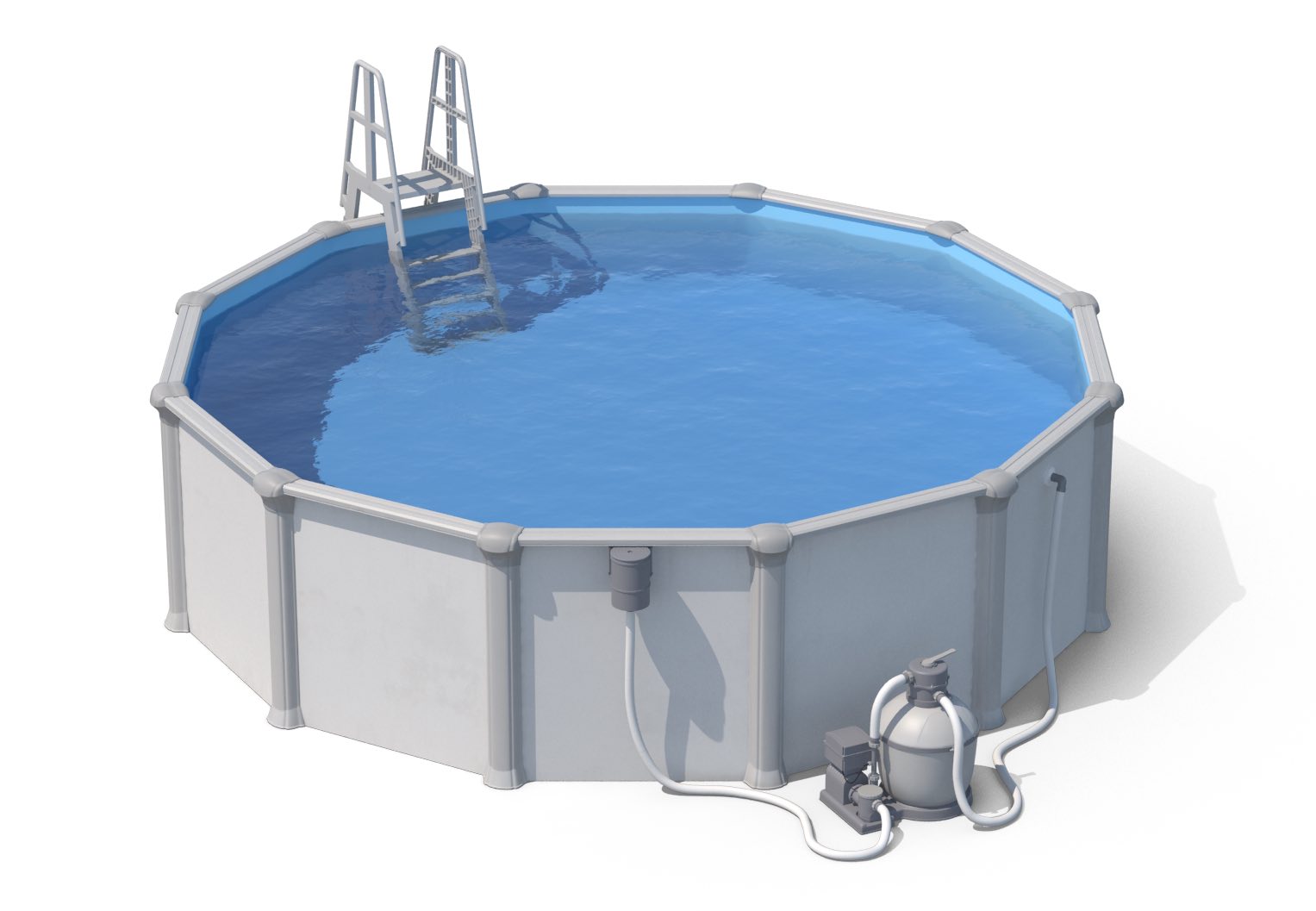
If the pool is full, two factors must be taken into account, whether it has been correctly winterised or instead there has been no maintenance and cleaning carried out.
If the pool water is green, the optimum water conditions cannot be recovered, so the pool must be completely emptied. It is not advisable to empty the pool because of the expense involved, the structural problems that can be caused by eliminating the pressure that the water exerts and even environmental problems, due to the amount of litres of water that are discarded. In order to avoid emptying the pool, the best thing to do is to carry out a correct winterising to conserve the water in the pool during the cold months, which we will explain later.
If you have done a proper winterising, you will have covered the pool with a cover to protect the water from large debris such as leaves or insects. It is advisable to remove and thoroughly clean the cover.
3. Check the pool accessories
After removing the pool cover, it is advisable to check their condition and clean the various pool accessories: skimmer, baskets, grids, overflow channel, spotlights, return nozzles and other elements integrated into the pool system.
4. Clean the pool surface
Where water conditions are acceptable due to the winterising chemicals used, you can start cleaning the pool walls and floor.
Start by cleaning the surface with brushes and sponges (see our vacuum products for more info), using non-aggressive materials, the debris will be deposited on the floor and then pass through the vacuum cleaners removing the accumulated dirt.
Gre offers a wide variety of vacuum pool cleaners to make cleaning easier.
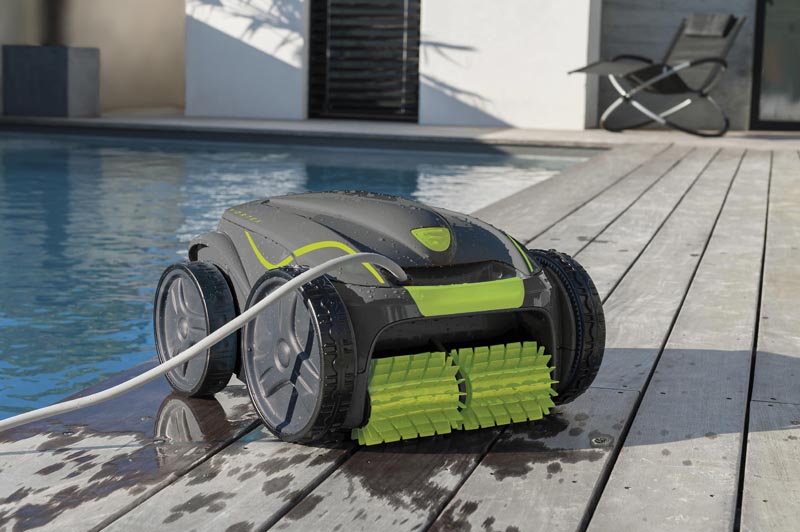
Another aspect to review, if applicable, is the interior lighting of the pool. Check that it is clean.
5. Check the external elements of the swimming pool
Finally, before starting the water treatment, it is advisable to check and clean the diving boards, railings and stairs. We recommend that you store the stairs while the pool is not in use to prevent them from deteriorating.
6. Swimming pool water treatment
Cleaning the pool is not limited to the surface and its elements, a chemical treatment of the water is necessary to have the optimal conditions for bathing. Keeping the floor and walls of the pool basin clean and carrying out correct filtration contributes to this optimum water level.
To recover the water after the winter, the first thing to do is to fill the pool with water to the appropriate volume which will determine the amounts of chemicals required.
To disinfect the water effectively, it is necessary to apply a shock chlorine treatment, this consists of applying a larger amount of chlorine than usual to the swimming pool. You can also add algaecide and flocculant to remove algae and possible contaminating residues.
Finally, take a sample of the water and check that the pH level of the water and chlorine is neutral and therefore suitable for bathing.
DURING: How do I keep the pool water in good condition?
The pH of the pool water is a fundamental parameter for bathing safely and enjoying crystal-clear water. By neutral pH we mean when values are between 7.2 and 7.6.
If the pH of the pool water is below 7.2, that is considered acidic pH. At this level the chlorine is removed, and bathers can suffer from itchy eyes, redness or skin irritation. An acidic pH also causes pool materials to be consumed by acidity. Therefore, it is necessary to apply a pH booster to reach the appropriate level.
When the pH of the water is above 7.6, the pH is alkaline, the water becomes cloudy and harmful algae and organisms may appear. It is necessary, in this case, to adjust the pH with a reducer.
During the use of the pools it is essential to carry out continuous monitoring of the pH of the water. To maintain a neutral pH it is important to analyse the parameters of water, pH and chlorine.
There are different types of analysers on the market, from the classic test strips or drops, to innovative electrical systems such as Blue Connect.
It is also necessary to analyse the swimming pool chlorine level, the most widely used disinfectant for pool maintenance, and check that it is between 0.5 and 1.5 ppm.
Another aspect that should be analysed during the use of the pool is the temperature of the water. Ideally it is between 28o and 30 o. This temperature of the water in the pools favours the quality of the water and allows neutral levels of pH and chlorine to be maintained. To maintain the water temperature, you can use the pool covers.
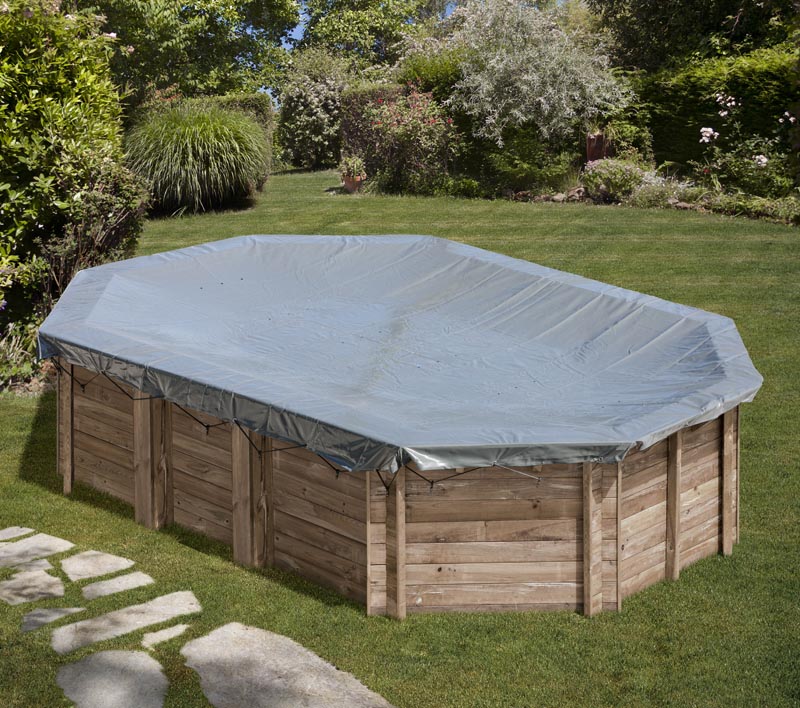
AFTER: How to correctly winterise the pools?
The maintenance of the pool during the winter can be done easily thanks to winter products and accessories such as pool covers.
Tips to maintain and protect swimming pools during winter:
- Cleaning of the pool. Clean the pool floor and walls once the season is over.
- Cleaning the skimmer /s.
- Hibernation chemicals. This type of product allows a quicker setup of the pool and avoids the formation of algae and contaminating residues.
- Cover. Cover the pool with a pool cover. They maintain the state of the water and prevent the pool from being filled with leaves and insects, as well as protecting it from ice.
- Reduce the water level to below the skimmer.
- Store external pool accessories. Remove stairs and showers to avoid deterioration.
If you do not have a swimming pool cover, it is advisable to clean the surface of the pool on a regular basis, especially during winter, check the chlorine and pH level of the water and clean the filters and skimmers.
Once the cold weather arrives, the best thing to do is to clean the pool, put the winteriser in the water and cover the pool for conservation during the winter.
Tengo una piscina elevada de acero. Cómo puedo sacar las bolas de aqualon de la depuradora sin vaciar la piscina. Tengo dos tapones con llaves. Donde los pongo
Buenos días Concepción,
Por supuesto, no tiene más que detener el grupo de filtración, desenchufarlo, extraer las bolas y proceder a sustituirlas o lavarlas en la lavadora en un ciclo rápido con un poco de detergente. Vuelva a meterlas en el filtro, lo enchufa y lo pone nuevamente en marcha. Un saludo y gracias.